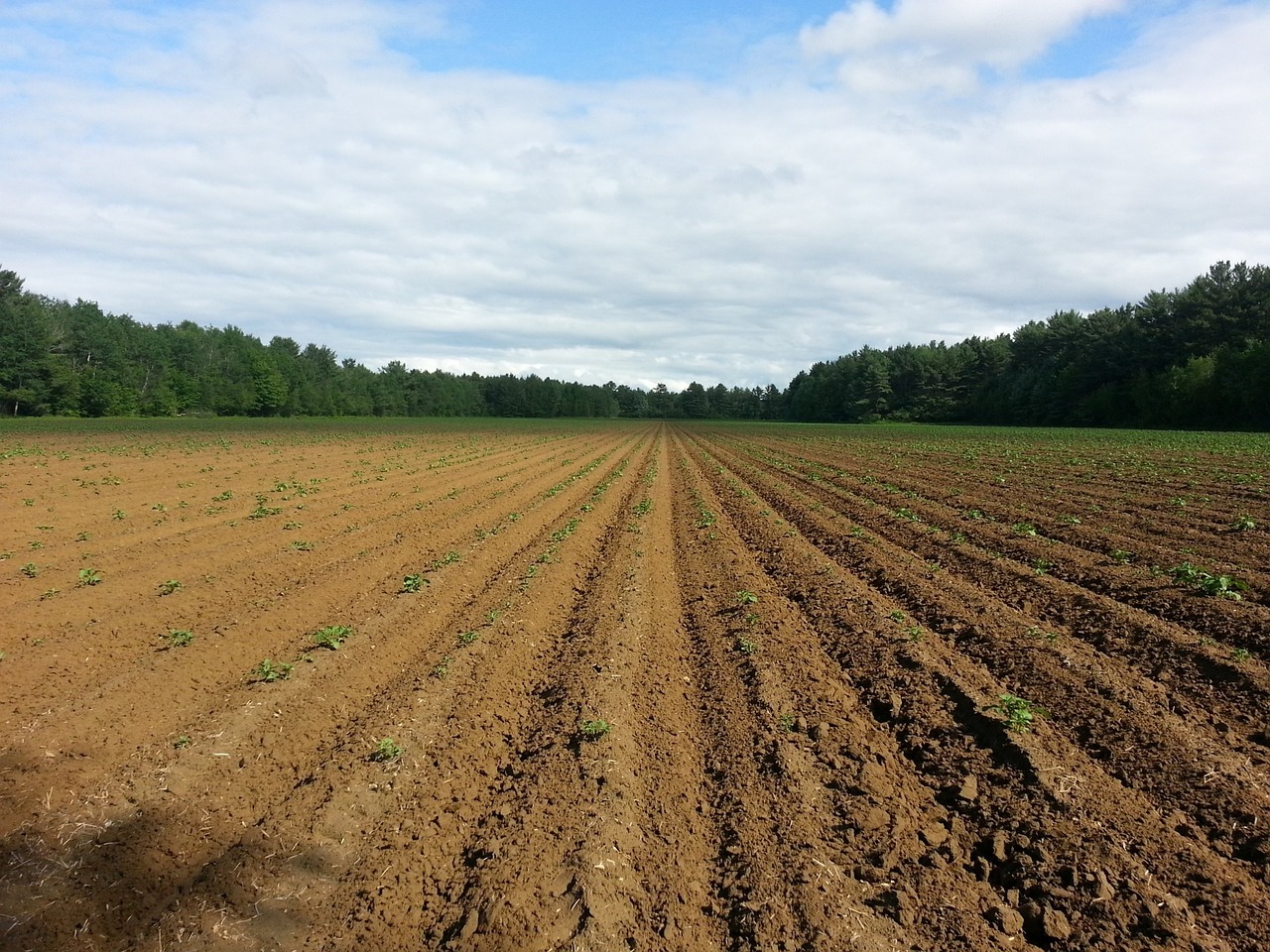
Soil and Sustainability (Grades 6-8)
Students are introduced to the Dust Bowl and determine how to avoid another event like it in the future as they study soil texture, particle sizes, soil nutrients, and pH.

Students are introduced to the Dust Bowl and determine how to avoid another event like it in the future as they study soil texture, particle sizes, soil nutrients, and pH.
Students investigate the seasons, explore the process of wool production, and discover how trade and barter have historically allowed people to satisfy their needs and wants.
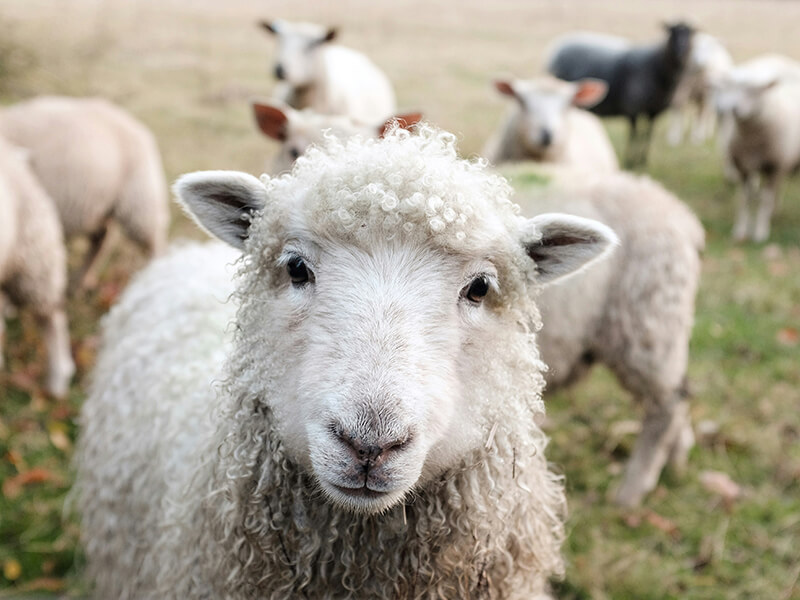
Students explore the process of making wool into cloth.
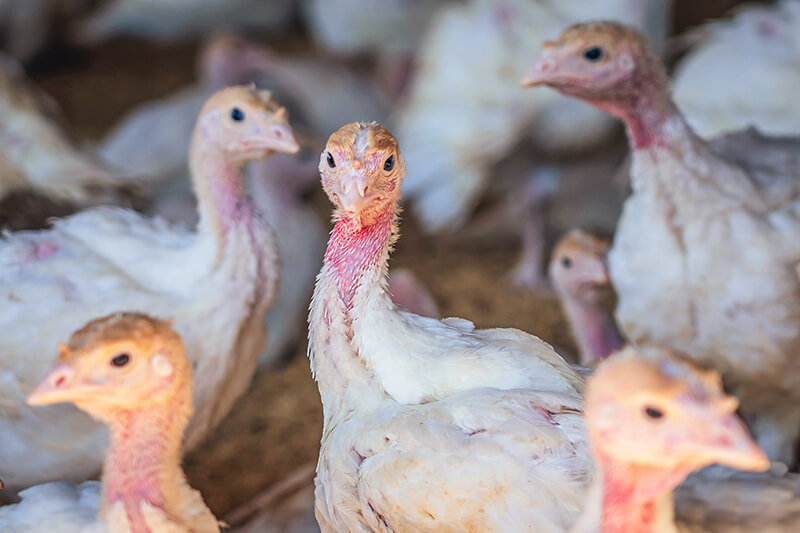
Students investigate the domestication and life cycle of the turkey, discover how turkeys are raised on farms, and identify turkey products.
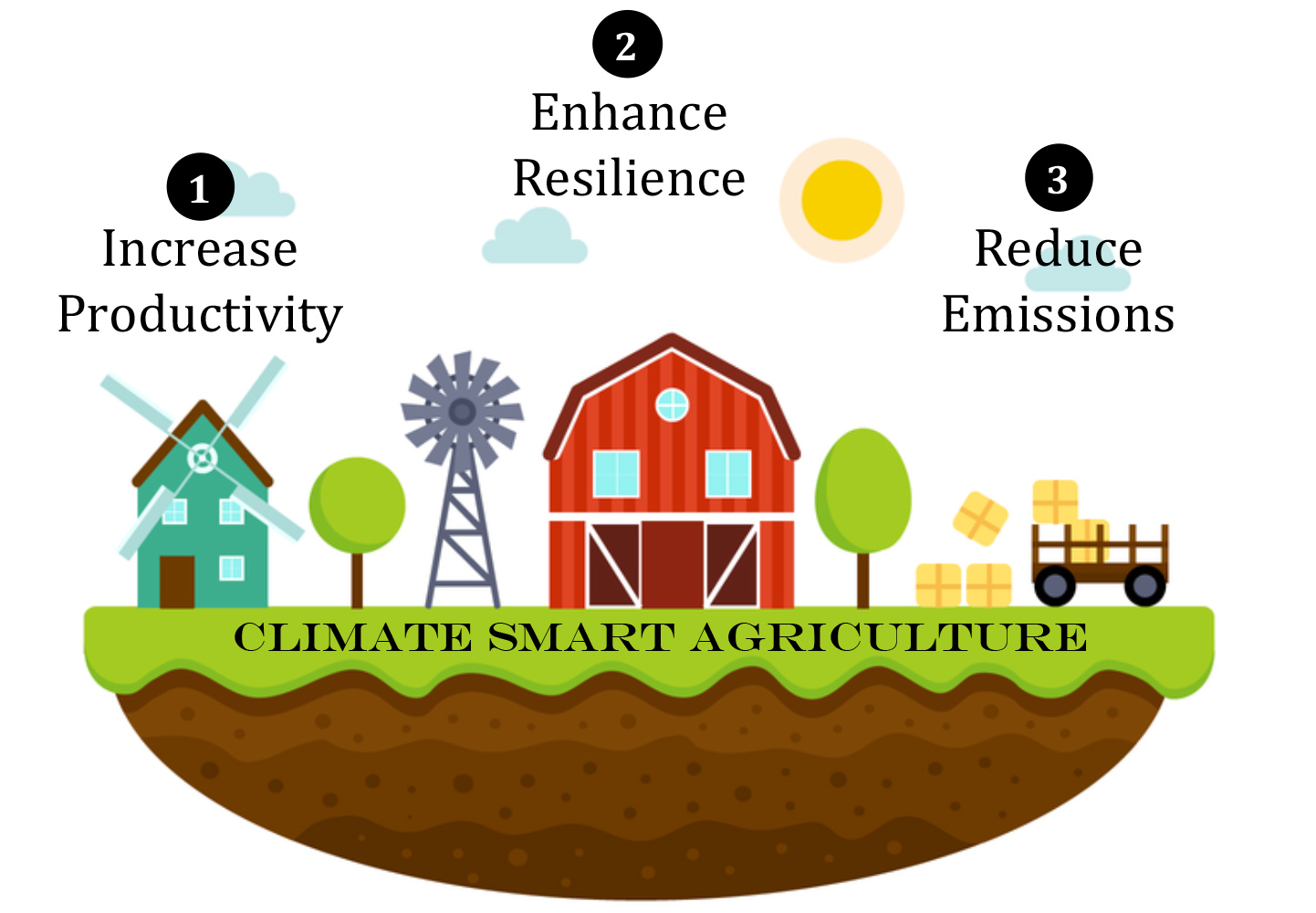
Students explore the carbon cycle, evaluate natural and human-induced activities that drive the carbon cycle, and discover climate smart agricultural practices that can be used to produce our food.
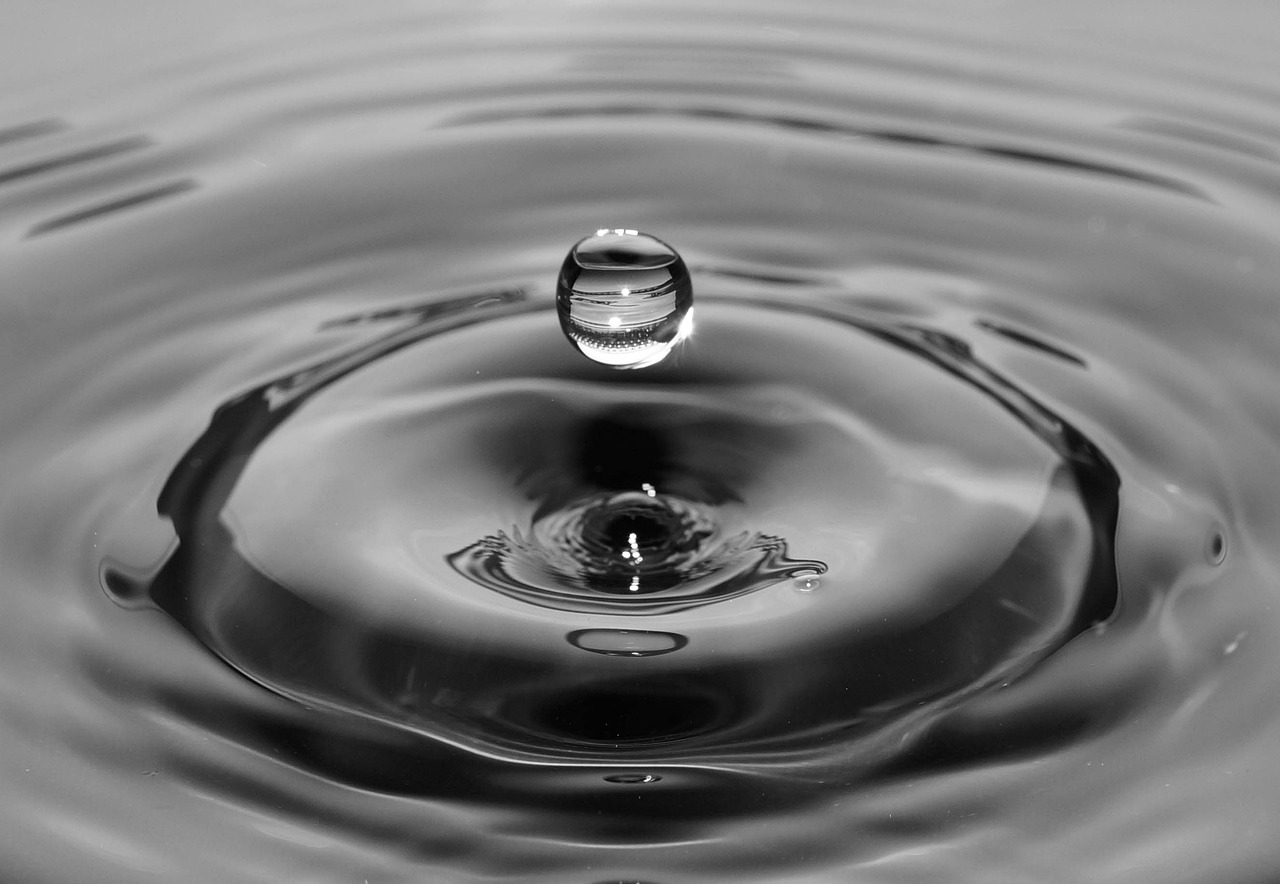
Students investigate the effects of added soil nutrients on water quality, perform chemical and physical tests on water samples, collect and identify macroinvertebrates from a freshwater system and compare physical, chemical and biological factors of an aquatic ecosystem to determine water health.
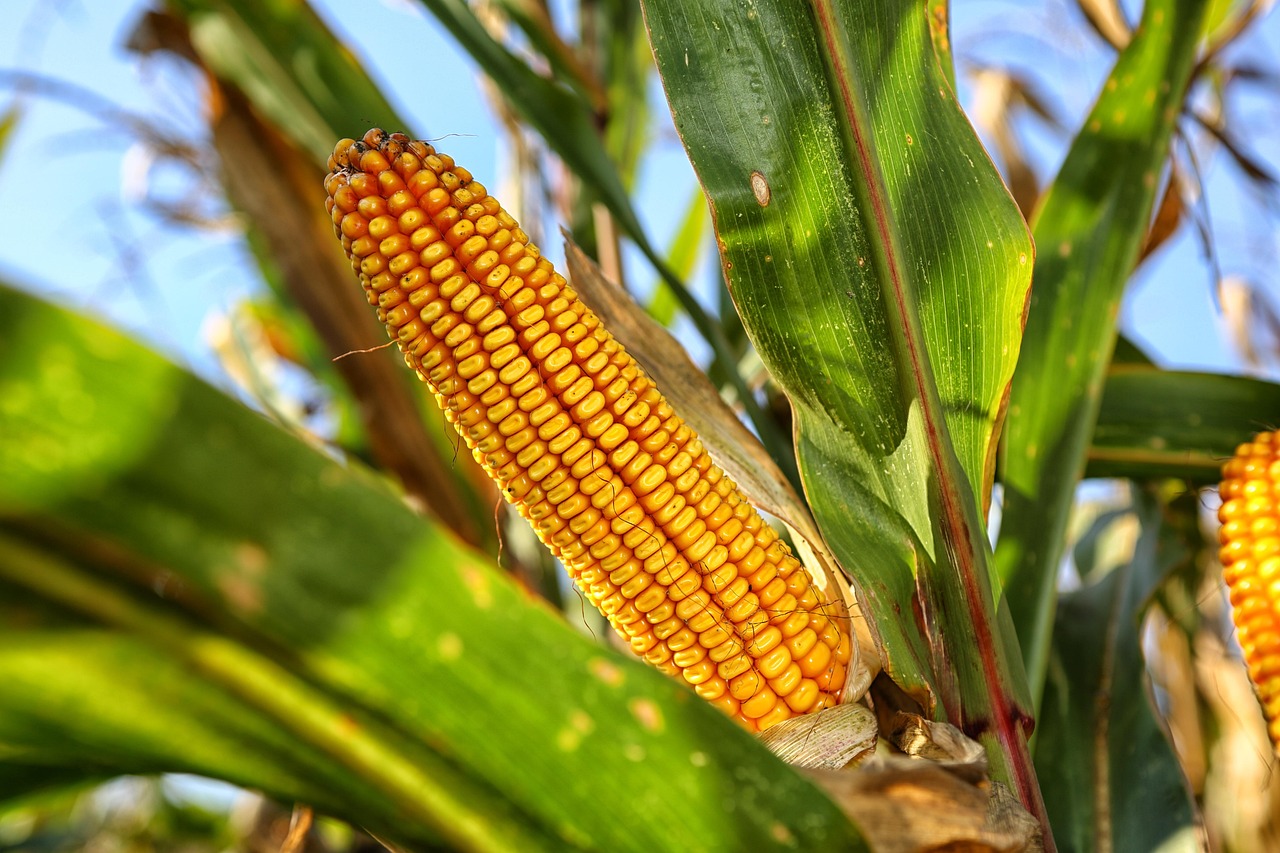
Students determine corn anatomy and function of plant parts, identify stages of plant development in corn, and research how temperature plays a role in corn growth as they calculate growing degree units (GDUs) for a region.

Students observe soil ecosystems to investigate how human impact affects the biodiversity of soils using the Simpson's Index of Diversity. Then, students conduct an investigation using field corn to determine how the introduction of nitrogen fertilizers impact soil microorganisms and biodiversity.
Students examine how cows help conserve natural resources by identifying the important role dairy cattle have in reducing, reusing, and recycling food processing by-products. Students identify each stage of the ecological cycle and the important role of decomposers.
Students explore the benefits and functions of different types of barns and use problem-solving skills to build a model of a hay barn that meets specific requirements.
Students read How to Grow a Monster, describe the needs of a zucchini plant, identify the structure and function of zucchini plant parts, grow classroom zucchini plants, and experiment with different environments and growing conditions.
Students explore the sources of a variety of agricultural products and discover that farms can be diverse in size and in products that are grown and raised.